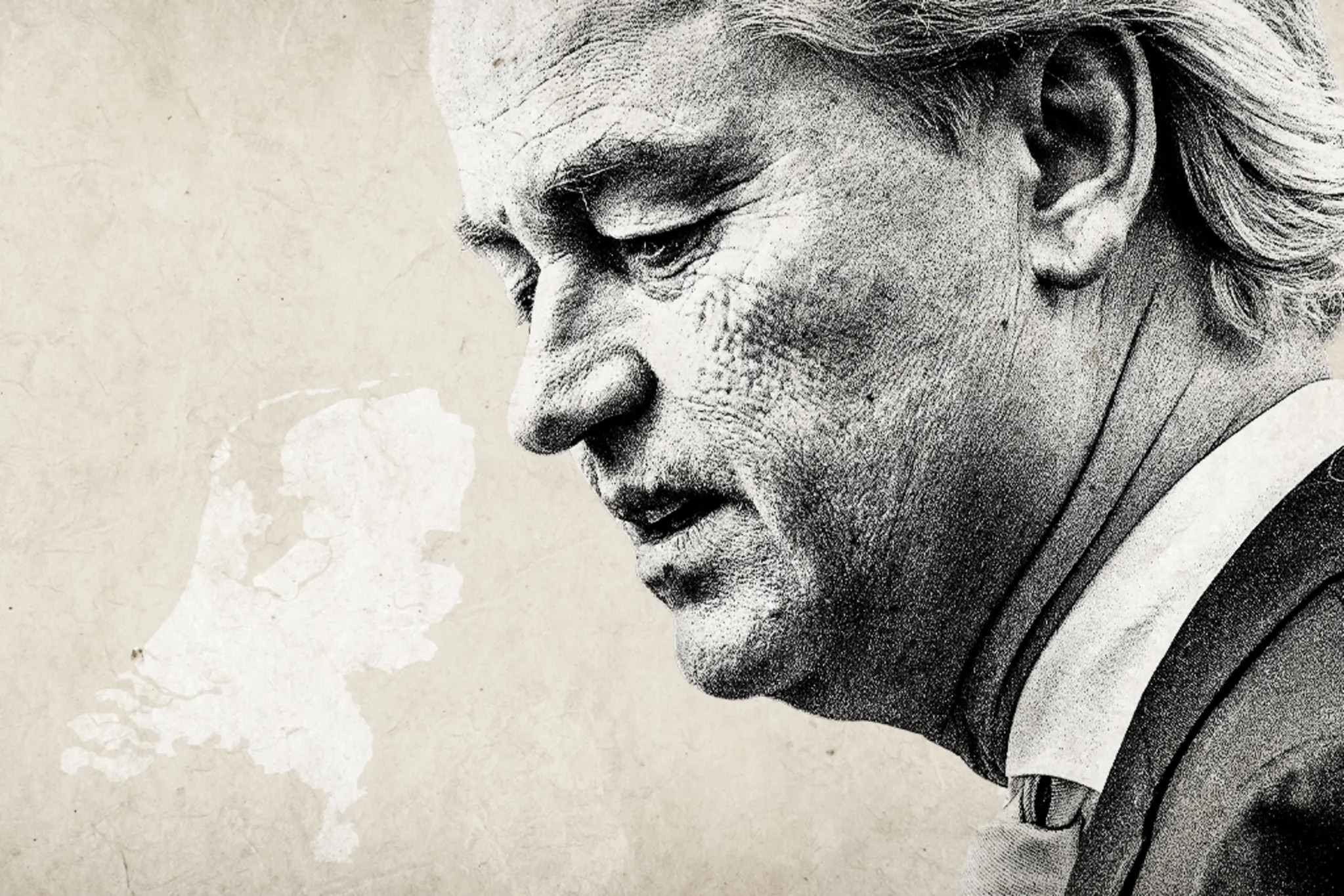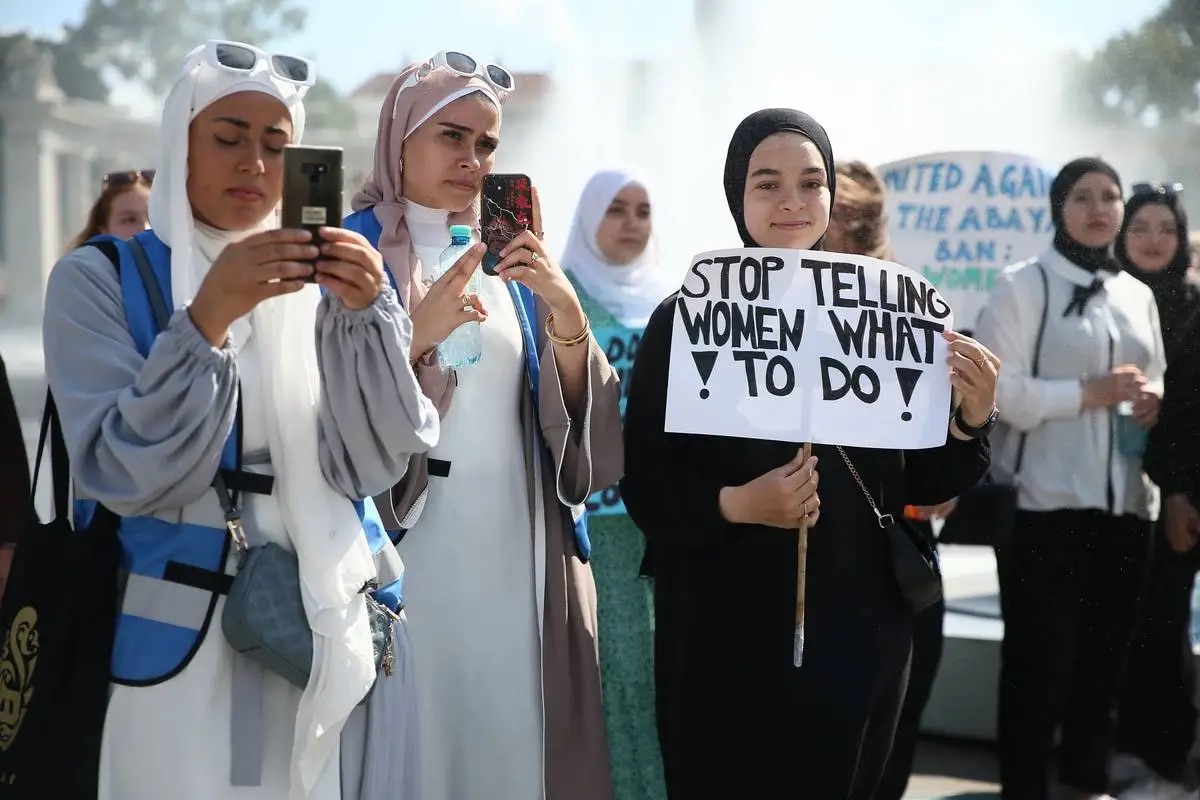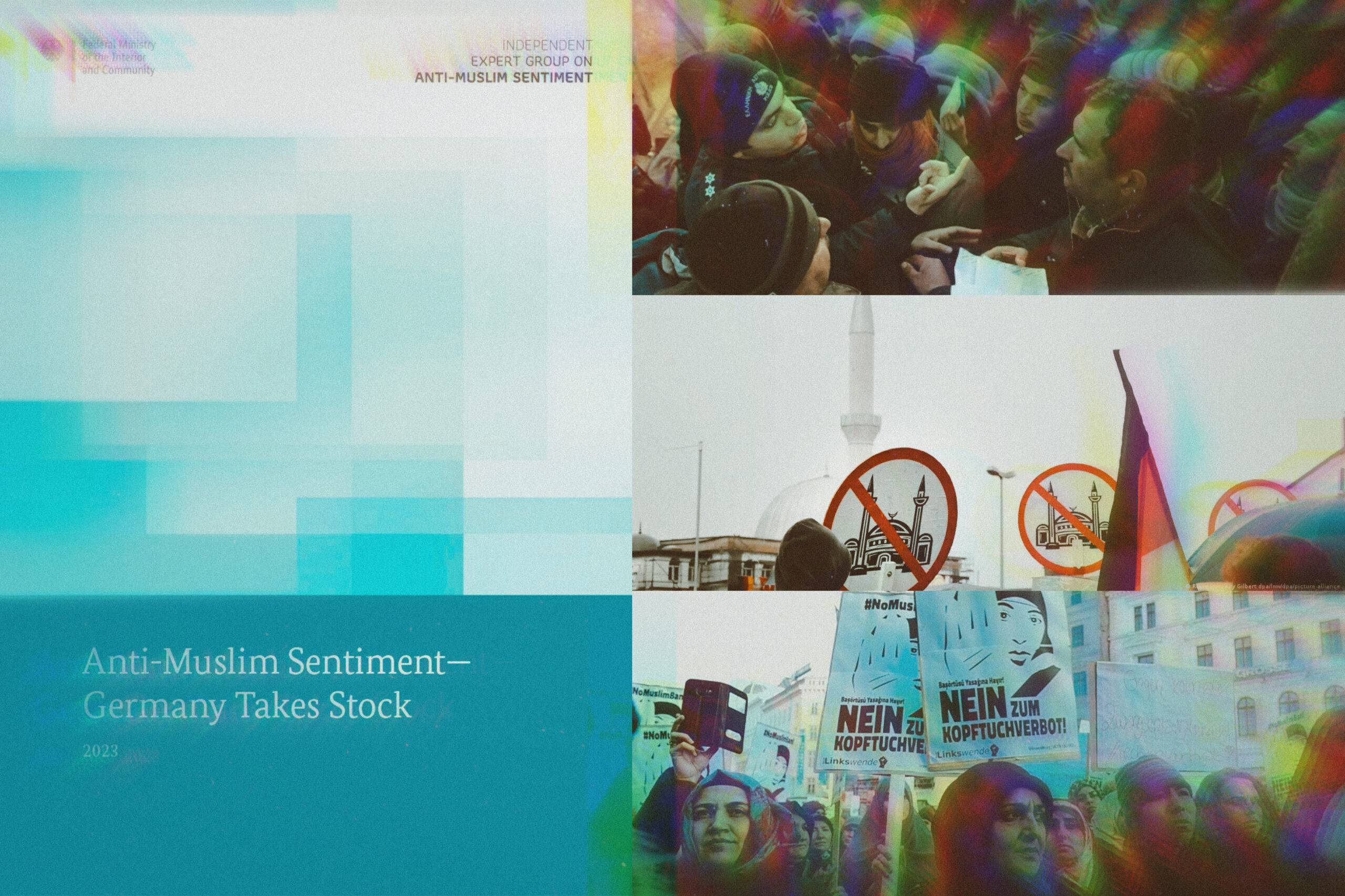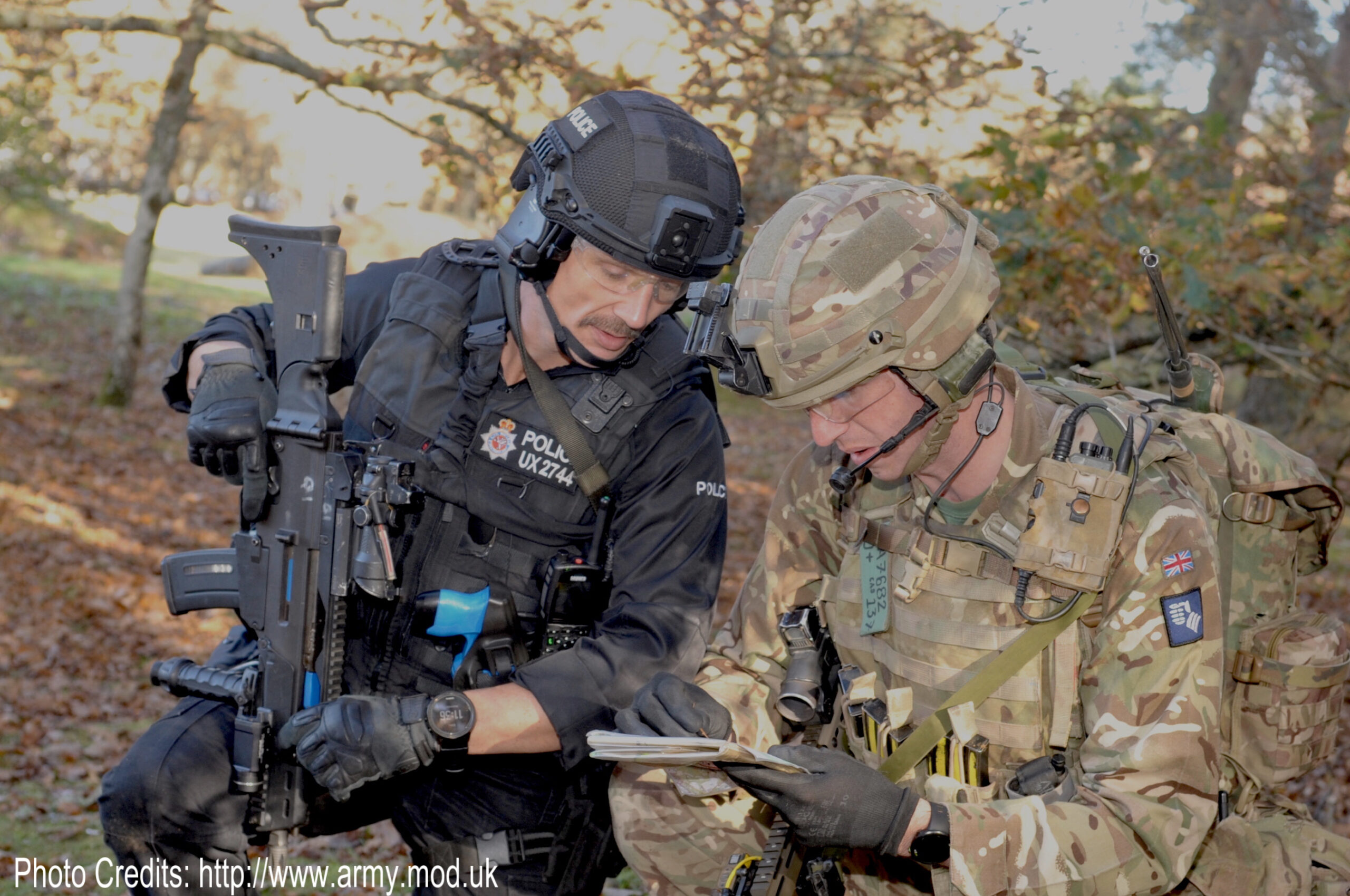September 16, 2011
The Georg Eckert Institute for International Textbook Research (Braunschweig, Germany) released the findings of a study on the representation of Islam in European textbooks. Following a systematic analysis of textbooks in Germany, Austria, France, Spain, and England, the researchers concluded that Islam is often (and in all five countries) represented in a simplified and distorted way; instead of reflecting the Islam’s diversity across the globe, textbook presentations often reduce it to a homogeneous entity. Similarly, Muslims are often represented as a religious and pre-modern collective, a non-European “Other” that appears to be in opposition to a modern (and also homogeneous) European society. The analysis also showed that differences and controversies between Islam and the West are often highlighted and emphasized, whereas similarities are hardly mentioned. Representatives of the institute and researchers involved in the study noted that this sort of representation does not help to improve any intercultural dialogue and fight Islamophobia; instead, it helps to maintain existing (negative) perceptions and prejudice.
ABSTRACT
Current textbooks from European countries cling to simplified portrayals of Islam, thus stabilising perceptions of Muslims as a (primarily) religiously defined collective of non-European ‘others’. Such are the findings of a recent study by the Georg Eckert Institute for International Textbook Research in Brunswick.(1) Most of the history and politics textbooks examined, from Germany, Austria, France, Spain and England, inspire and/or reinforce the impression that Islam and ‘modern Europe’ exist as mutually exclusive and in themselves homogeneous entities that share confrontational encounters, yet practically no commonalities or similarities.
This perspective is based on a lack of differentiation between Islam as a religious model and cultural and political practices associated with it. Consequently, depictions of Islam and Muslims in current textbooks from European countries are dominated by essentialised images of religious difference and collective associations. Particularly frequent are judgements of Islam as an antiquated system of rules and regulations that nevertheless still dominates all spheres of life for people of Muslim religion. A lack of differentiation and collective references to Muslims can foster a form of ‘cultural racism’ that takes religious difference to be invariable. The focus of this polarisation is, however, not primarily the presentation of Muslims as religious opponents in violent conflicts, such as in narratives on the crusades, but in their portrayal as pre-modern and thus as ‘others’ incompatible with Europe. Even historical depictions that acknowledge and pay tribute to the Arab-Islamic Middle Ages do not destabilise this polarised concept but rather underpin the perspective of broken cultural advancement in reference to predominantly Muslim societies.
____________
1 The study was carried out at the Georg Eckert Institute for International Textbook Research, Brunswick, by Susanne Kröhnert-Othman, Melanie Kamp and Constantin Wagner between July and December 2010.






